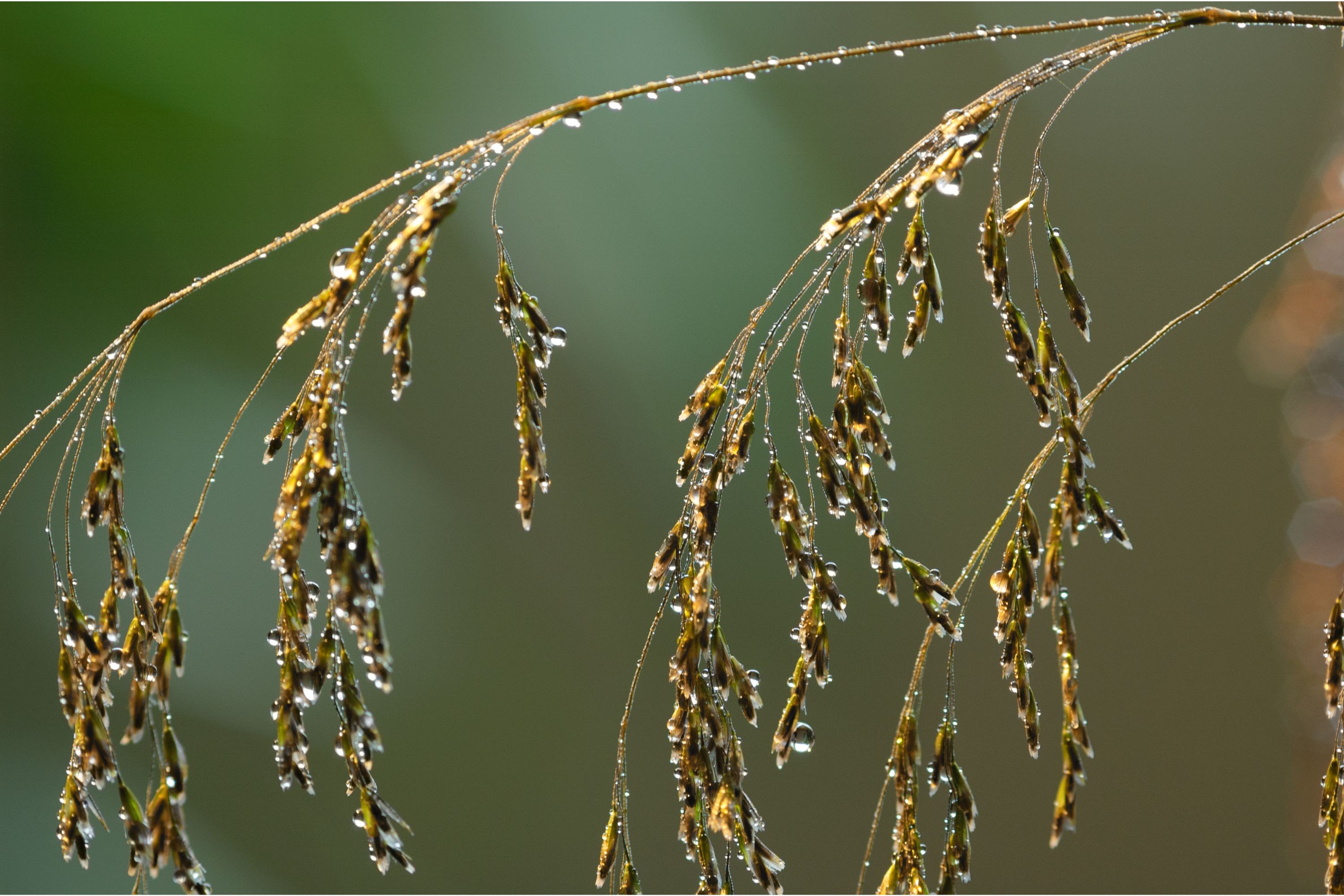Tufted hairgrass
(Deschampsia cespitosa)

Description
Deschampsia cespitosa, commonly known as tufted hairgrass or tussock grass,is a perennial tufted plant in the grass family Poaceae. Distribution of this species is widespread including the eastern and western coasts of North America, parts of South America, Eurasia and Australia. The species is cultivated as an ornamental garden plant, and numerous cultivars are available. The cultivars 'Goldschleier' and 'Goldtau' have gained the Royal Horticultural Society's Award of Garden Merit. It is a larval host to the Juba skipper and the umber skipper. A distinguishing feature is the upper surface of the leaf blade which feels rough and can cut in one direction, but is smooth in the opposite direction. The dark green upper sides of the leaves are deeply grooved. It can grow to 4.5 ft (1.4 m) tall, and has a long, narrow, pointed ligule. It flowers from June until August. It can be found on all types of grassland, although it prefers poorly drained soil. It forms a major component of the British NVC community MG9 - Holcus lanatus to Deschampsia cespitosa mesotrophic grasslands. It can exist up to altitudes of 4000 ft.Typical native grass associates in the western North American coastal prairies, such as the California coastal prairie, are Festuca californica, Festuca idahoensis, Danthonia californica, and Nassella pulchra. Deschampsia is a genus of plants in the grass family, commonly known as hair grass or tussock grass. The genus is widespread across many countries. The genus is named for French physician and naturalist Louis Auguste Deschamps (1765–1842). Deschampsia species are used as food plants by the larvae of some species of Lepidoptera, including antler moth, the clay, clouded-bordered brindle, common wainscot, dark arches, dusky brocade, shoulder-striped wainscot, smoky wainscot and wall. Deschampsia sometimes grow in boggy acidic formations, an example of which is the Portlethen Moss, Scotland. Deschampsia antarctica is the world's most southern monocot, and one of only two flowering plants of Antarctica Some species, such as D. cespitosa and D. flexuosa, are grown as ornamental garden plants.
Taxonomic tree:







